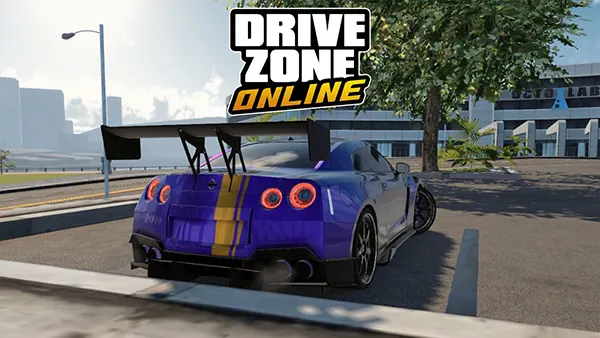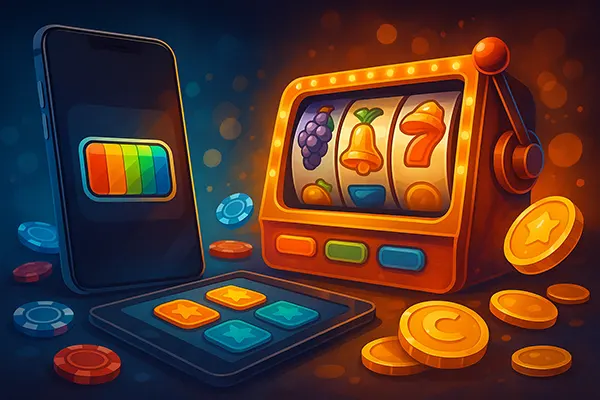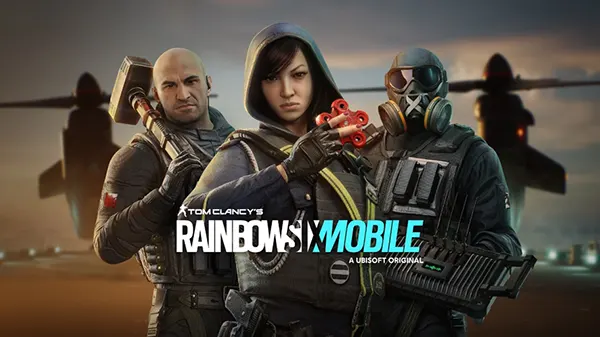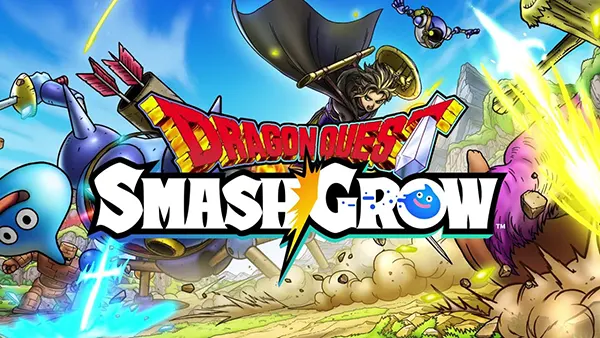“Reverse: 1999” — A Visual Novel with Tactical Depth and Alternate History

“Reverse: 1999” is more than just a mobile game. It is a carefully crafted visual novel with elements of turn-based strategy, set in a world shaped by alternate historical events. Released in 2023, the game continues to attract attention and updates through June 2025, offering a complex blend of narrative depth, character development, and artistic design that sets it apart from traditional gacha or RPG titles.
Story and Narrative Atmosphere
The game begins with a mysterious phenomenon known as the “Storm,” which occurs on December 31, 1999. Players take on the role of the Timekeeper, a being unaffected by the Storm’s temporal shifts, travelling through disrupted timelines from the 1920s to the end of the 20th century. Each chapter reveals twisted versions of historical epochs, filled with fictional philosophies, folklore, and unique timelines.
The storytelling is rich and multi-layered. Players are introduced to characters from various time periods, each carrying their own psychological depth and cultural backgrounds. Through branching dialogues and character-driven arcs, “Reverse: 1999” builds a universe where history is both a backdrop and a narrative puzzle to be deciphered.
Sound design, English voice acting, and background music significantly reinforce the game’s mood. The melancholic themes, combined with surreal visual art, give each chapter an emotional weight that keeps the player immersed.
Worldbuilding and Historical Influences
The alternate history depicted in “Reverse: 1999” is not a simple reimagination. It draws on real cultural and social movements, blending them with speculative fiction. The game’s narrative team clearly demonstrates an understanding of different eras, referencing art deco, postmodern literature, Cold War paranoia, and the existential crises of the late 20th century.
Each region or time period in the game offers distinct visual and narrative aesthetics. For example, a 1960s London scene might feature psychedelic influences and discussions on metaphysics, while a 1930s New York mission dives into noir themes and economic turmoil.
This detailed historical layering elevates the game’s plot, making it appealing not only to gamers but also to those interested in speculative fiction and historical commentary. The result is a fictional world that feels authentic, albeit fantastical.
Gameplay Mechanics and Tactical Combat
“Reverse: 1999” employs turn-based tactical combat using a card system. Each character possesses unique “afflatus” types and elemental alignments, contributing to a diverse range of team-building strategies. The battles are less about fast reactions and more about planning, making it appealing to players who enjoy chess-like mechanics.
The game offers status effects, turn order manipulation, and synergy-based abilities that require in-depth knowledge of the characters. This strategic combat system complements the slower, dialogue-driven storytelling, providing a satisfying contrast in gameplay pacing.
In 2025, the game continues to receive balance updates and new combat content, including limited-time challenges, new units, and themed combat events. These expansions reflect the developers’ ongoing commitment to providing a fair and tactical environment for long-term players.
Character Design and Meta Progression
The cast of “Reverse: 1999” features characters drawn from various fictionalised eras and cultures. Each unit has lore-driven backgrounds, voice lines, and visually distinct designs that reflect their origin. From 1970s revolutionaries to mystical guardians of time, diversity is at the heart of the roster.
Progression is structured through ascension, resonance, and item collection systems, which avoid excessive grind while rewarding active engagement. Players can focus on improving favourite characters without mandatory meta-chasing, a feature appreciated by many in the community.
Monetisation is handled via a gacha system, but with regular in-game events that allow free players to access high-tier units. This balance has contributed to the game’s stable reputation among tactical RPG fans.
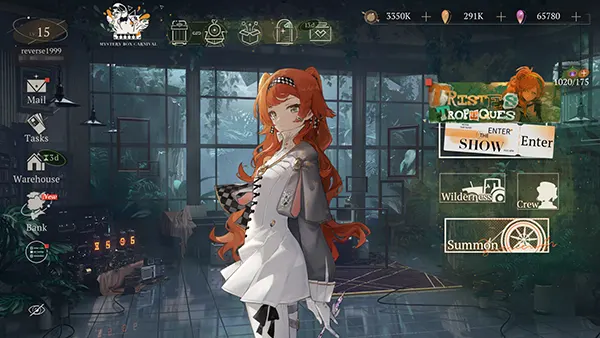
Visual Art Style and UI
Artistically, “Reverse: 1999” leans into painterly aesthetics, with heavily stylised illustrations, muted palettes, and an emphasis on atmosphere over realism. Character sprites are fluidly animated during dialogue scenes, and key story moments are delivered via cinematic cutscenes with bespoke visual treatment.
The interface is intuitive yet richly designed, presenting navigation, quests, and character management in a clean but thematic layout. The menus reflect the same alternate-era stylisation as the world itself — mixing analog textures with modern UX conventions.
For players in 2025, visual optimisation options have been expanded, with support for higher frame rates and accessibility enhancements. This ensures smooth performance across devices while preserving the game’s immersive art direction.
Audio, Voice Acting, and Cultural Tone
Unlike many mobile RPGs, “Reverse: 1999” offers full English voice acting — a rarity in this genre. The cast delivers emotionally grounded performances, lending depth to each scene and enhancing character credibility.
Music plays a central role, with a soundtrack that moves between period-specific jazz, ambient soundscapes, and choral arrangements. Each chapter has its own leitmotif, reinforcing the emotional tone of the narrative arcs.
Finally, the game maintains a consistent cultural tone: reflective, mysterious, and often philosophical. Its refusal to explain everything directly adds to the narrative’s allure, inviting players to explore not just plot events, but underlying themes.

